How to Help Your Family Understand the Dangers of Burning Imprinted and Partially Plastified Paper/Cardboard
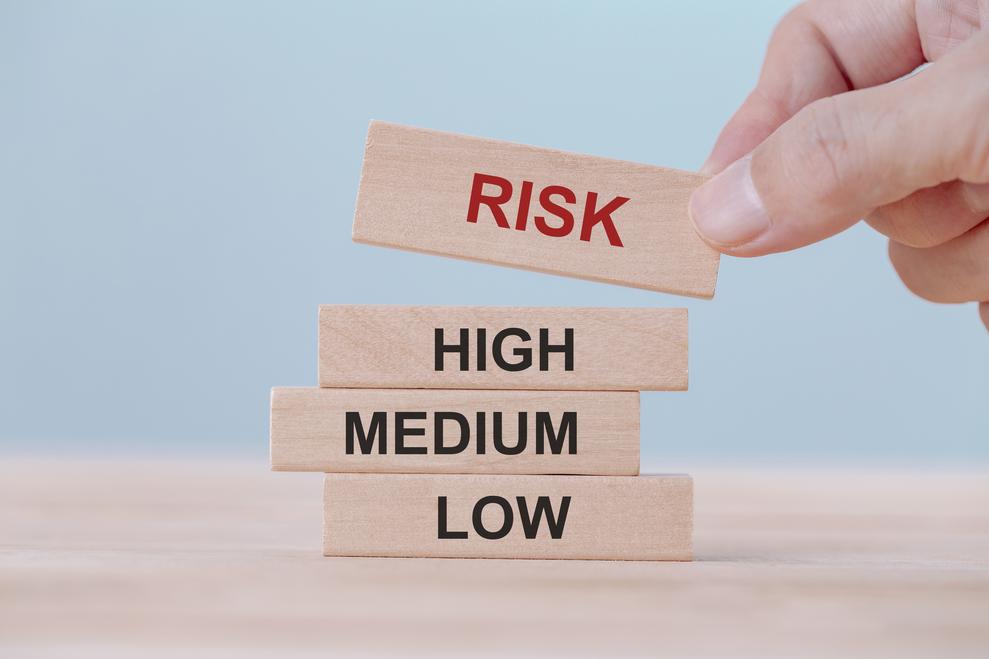
Burning imprinted papers or partially plastified cardboard can release harmful chemicals and particulate matter that affect indoor air quality and health, even if vented through a chimney. Proper ventilation lowers immediate risks, but toxic byproducts remain a concern. Communicating these facts effectively to your family requires clear, science-based explanations and realistic expectations about behavior change.
Risks of Burning Imprinted and Plastified Paper
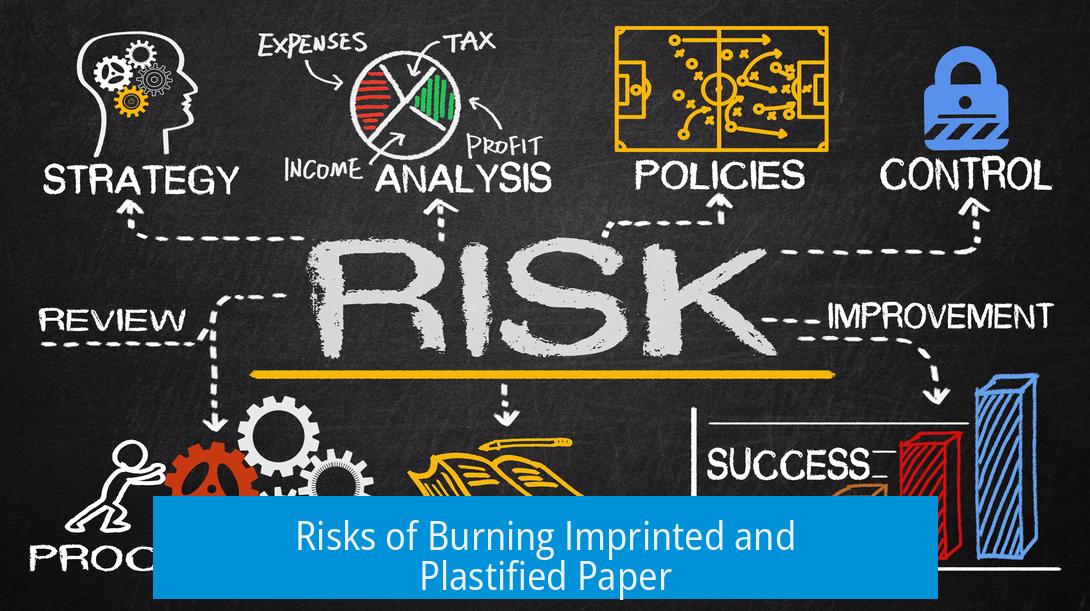
Imprinted paper often resembles wood in its combustion properties. When burned, both release smoke and particulates. However, partially plastified cardboard contains polymers that may not burn completely at home furnace temperatures. Incomplete combustion generates toxic compounds such as dioxins and polycyclic aromatic hydrocarbons (PAHs), known carcinogens.
- Dioxins and PAHs arise especially from burning plastics or chemically treated materials.
- Vegetable-based dyes in black printing inks tend to pose less chemical risk.
- Smoke from any burning material contains airborne particles harmful if inhaled regularly.
Home fireplaces with functional chimneys and doors reduce indoor smoke but don’t eliminate all toxic chemicals. Smoke travels through the chimney but deposits microscopic pollutants in the surrounding chimney walls, roofs, and eventually the outdoor environment.
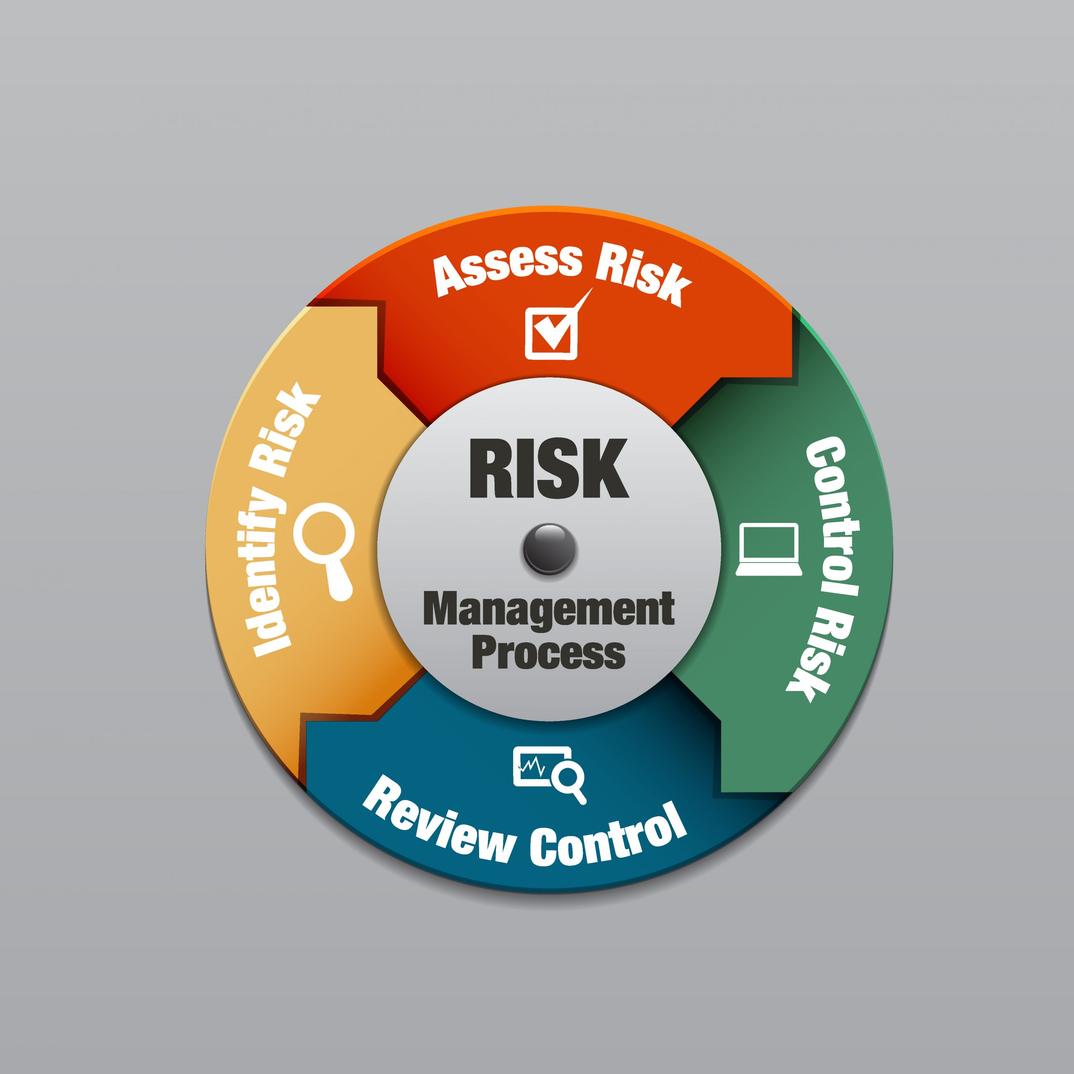
Health and Safety Concerns
Burning household waste releases hazardous emissions disproportionate to what industrial incineration produces. Safe incineration requires high temperatures and rapid flue gas cooling, conditions absent in most home fireplaces. Carbon monoxide (CO) poisoning is a significant fire-related risk, but chimney systems generally prevent indoor CO accumulation if working properly.

Regular exposure to residual smoke can contribute to respiratory problems and long-term health effects. Even natural wood smoke shares health hazards similar to cigarette smoke, indicating that burning any material indoors carries risks.
Challenges in Changing Family Behavior
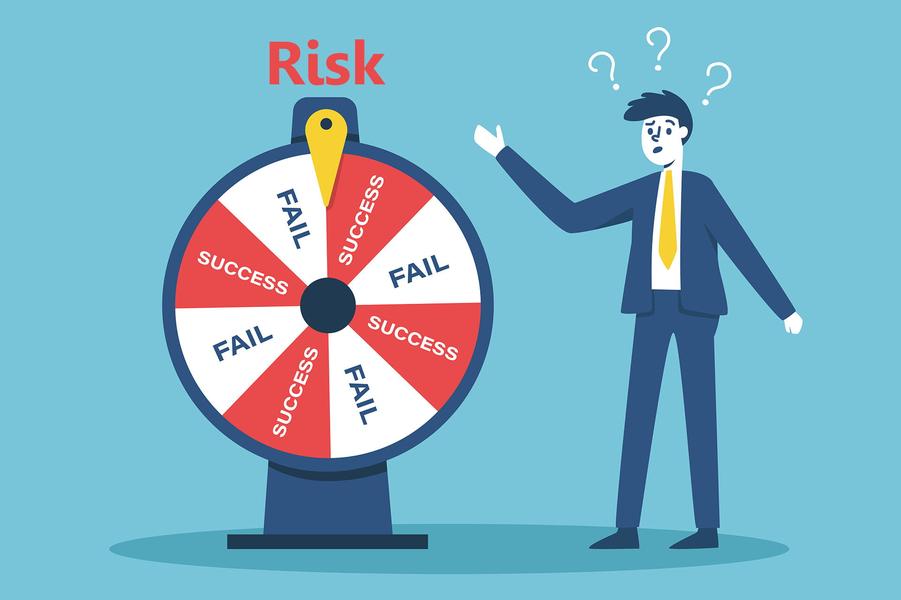
Efforts to convince family members to stop burning imprinted orplastified paper often face resistance. Habits can be entrenched, and perceived risks underestimated or dismissed.
- Explain clearly what burning these materials releases and why it matters.
- Provide relatable evidence, such as health studies and toxin data.
- Recognize that some family members may consider concerns overly cautious or paranoid.
- Accept that changing long-standing behaviors can require patience beyond initial discussions.
Behavioral change often depends on multiple conversations and, sometimes, external influences such as health advisories or community rules rather than a single explanation.
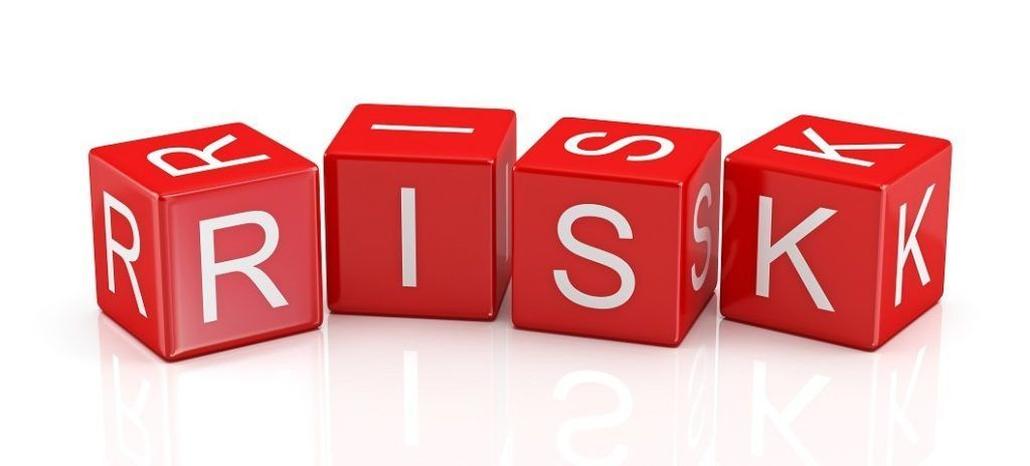
Effective Communication Strategies
Use straightforward, factual language. Avoid overwhelming with technical jargon but share essentials like:
- Plasticized paper releases toxins when burned.
- Smoke can cause respiratory irritation and long-term health issues.
- A well-functioning chimney reduces but does not remove all risks.
- Industrial waste incinerators have controls that home furnaces lack.
Appeal to shared concerns like children’s health or air quality in the home. Offer alternatives like recycling and proper waste disposal to reduce the urge to burn waste.
Alternative Perspectives to Consider
Some argue that burning imprinted paper is similar to burning wood and thus not especially harmful in moderation with good ventilation. In rural or outdoor settings, controlled burning may be common and accepted. However, context matters: indoor burning differs significantly in confined spaces.
Humor or practical demonstrations—such as showing residue or smell differences—sometimes help convey points effectively without appearing confrontational.
Key Takeaways
- Burning imprinted paper and plastified cardboard produces toxic smoke and particulates harmful to health.
- Proper ventilation and chimneys reduce immediate risks but do not eliminate toxic emissions.
- Home incineration lacks the controls of industrial waste treatment, increasing health hazards.
- Changing family behavior requires clear communication, patience, and realistic expectations.
- Explaining the science and appealing to health concerns work better than fear or guilt.
- Consider outdoor burning alternatives and promote recycling to reduce household waste burning.
How Can I Make My Family Understand That Burning Imprinted Papers and Partially Plastified Cardboard Is Dangerous?
Burning imprinted papers and partially plastified cardboard releases toxic chemicals like dioxins and polycyclic aromatic hydrocarbons (PAHs), which pose serious health and environmental hazards. Even with a chimney, these harmful substances can settle in your home and surroundings, making the practice dangerous and best avoided.
Now, let’s unpack this a bit because convincing family members to stop a habit—especially one as innocent-seeming as tossing paper into the fire—requires more than just a stern warning. It requires understanding, a little patience, and sometimes a sprinkle of humor.
Is Burning Imprinted Paper Really That Different from Burning Wood?
Your family might argue, “Hey, paper is just wood in disguise. What’s the harm?” Well, they’re partly right. Imprinted paper, after all, is made from wood pulp. So, burning it isn’t entirely different from burning firewood. The main difference? The ink and coatings on imprinted papers and especially plastified cardboard can release more hazardous substances.
Black printed ink often uses vegetable dyes, which are relatively less harmful. But plastified (or partially plastic-coated) cardboard adds a twist. These plastics, when burned, can emit toxins that your average fireplace is not designed to handle. Home fireplaces lack the required temperature and filtration to safely break down or capture these harmful emissions.
Think of it like trying to bake a cake in a toaster – it’s just not the right tool. Similarly, your home chimney can ventilate smoke but cannot eliminate the toxic chemicals exhaled from burning these materials.
How Dangerous Are These Emissions, Really?
Burning imprinted and plastified papers at home emits dioxins, PAHs, and other noxious chemicals. According to environmental studies, home burning of residual waste ranks among the top sources of these pollutants in the U.S.
Even a properly functioning chimney just funnels the toxins outdoors, but the problem is those chemicals don’t simply vanish. They settle on your roof, in your yard, or around your neighborhood—and inside your lungs if you breathe near the fire.
Historical findings even show that smoke inhalation caused many deaths in well-ventilated Native American homes, which had smoke flaps. So ventilation helps, but it is no guarantee of safety.
What About Carbon Monoxide? Should I Be Worried?
Here’s a little reassurance baked in with caution. Carbon monoxide (CO) is a lethal gas heavier than air. If your chimney did not remove it, you’d likely notice severe symptoms or worse. But the absence of acute symptoms doesn’t mean the fire is safe. CO is only one of many silent killers from burning waste. Long-term exposure to dioxins and PAHs causes chronic health issues, from respiratory problems to cancer.
Why Is It So Hard to Change Family Habits?
If you feel stuck, you’re not alone. Changing family behavior, especially about things done for years, like burning papers or microwaving styrofoam, is like trying to teach a cat to fetch—it might happen, but odds are low. Logic, facts, and even passionate lectures often fall on deaf ears.
So how do you get through? Begin by explaining “Why is this dangerous?” with clear, simple science. Share how toxic chemicals affect lungs and environment. For example, mention how dioxins coat your surroundings quietly like an invisible dust that accumulates over time.
Yet even with perfect explanations, don’t expect instant acceptance. It’s vital to accept that changing minds can take years, and sometimes the best you can do is model safer behavior and express concern without nagging.
Could We Just Be Overthinking This?
Some family members might label you “paranoid” and dismiss your worries. They might suggest “stop being paranoid” or assure you the risk is overblown. Maybe they’ll point out that burning wood releases smoke too, so burning paper isn’t so different.
True, wood smoke is also harmful, but deliberately burning plastic or coated materials adds toxins with no benefit and higher risks. You can answer calmly: “I’m not asking to ban fires, just to avoid burning things that make the fire toxic.”
How Can You Convince Them Practically? Let’s Get Cooking!
Sometimes, the best evidence is experiential. Here’s an idea with a dash of humor: try cooking over a fire fueled by plastified cardboard and imprinted paper. Let them eat food roasted over those flames. Chances are, the flavor will do the convincing faster than any lecture.
Even better, suggest alternative ways to dispose of such waste. Recycling programs, composting (for pure paper), or designated trash collection are safer and better for the environment. If you want to appeal to the family’s values, highlight benefits like cleaner air, fewer health risks, and less home soot buildup.
What’s the Best Way to Proceed?
Here’s a checklist to guide your family conversation:
- Start Small: Share concise facts about the dangers of burning plastics and coated paper, not a full academic lecture.
- Use Real Examples: Mention the toxins: dioxins and PAHs. Explain how these chemicals persist in the environment and body.
- Show the Alternatives: Point to safer waste disposal options, recycling, and proper firewood use.
- Accept Resistance: Know that habits won’t change overnight. Celebrate small positive steps.
- Lead by Example: Avoid burning risky materials yourself. Demonstrate safe practices around the fire.
In the end, it’s about balancing respect, patience, and persistent care. The goal isn’t pressing every family member to change right away but planting seeds that foster safer, healthier long-term habits.
Remember, There’s No Silver Bullet
Like with many family debates, there’s no single trick to make everyone instantly understand and accept the dangers of burning imprinted and plastified materials. But armed with facts, practical tips, a pinch of humor, and a lot of patience, you stand a much better chance.
As you engage, keep reminding yourself this isn’t about winning an argument—it’s about protecting health and environment one step at a time. After all, keeping the air clean isn’t just good for you; it’s a gift to everyone who shares your home and planet.
Why is burning printed or plastified cardboard more dangerous than burning plain wood?
Printed paper burns like wood, but plastified cardboard releases harmful chemicals. These chemicals can produce toxic smoke that is unsafe to inhale. Plastics don’t burn cleanly and add to air pollution.
Does having a chimney and fireplace door make burning imprinted paper safe?
Proper ventilation helps reduce indoor smoke but doesn’t remove all toxins. Chimneys funnel smoke outside, lowering indoor risks. Still, toxic compounds like dioxins remain in the environment.
How can I explain the health risks of burning these materials to my family?
Share facts about toxins like dioxins and carbon monoxide. Explain smoke inhalation risks and how plastics create harmful fumes. Keep it simple and focus on real health impacts for better understanding.
Is burning plastified cardboard always unsafe if the fire burns well?
A strong fire can reduce toxic residue by burning polymers more completely. However, incomplete combustion still generates dangerous particles and emissions. Avoid burning plastics when possible.
What practical steps can help change habits about burning these materials at home?
Consistent education helps but changing behavior takes time. Show examples of risks and suggest safer disposal methods. Humor or hands-on experiences may engage family members better than lectures.


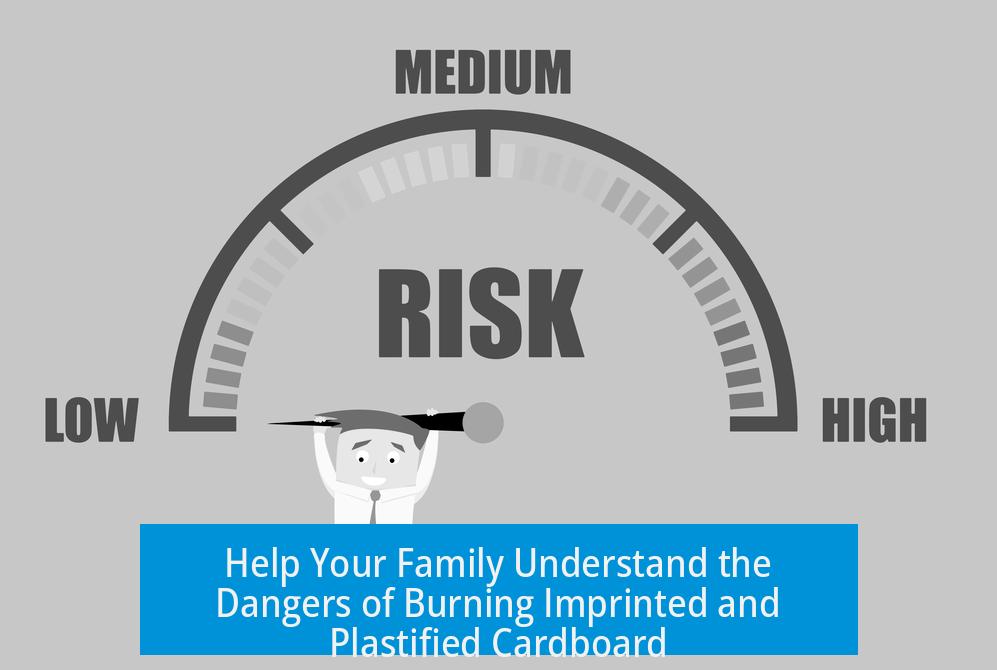
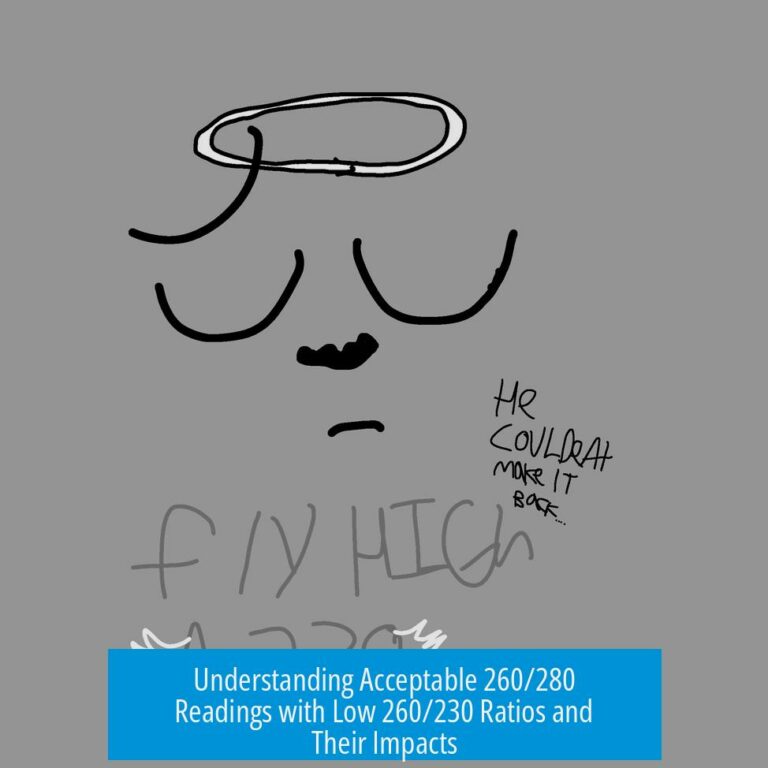

Leave a Comment